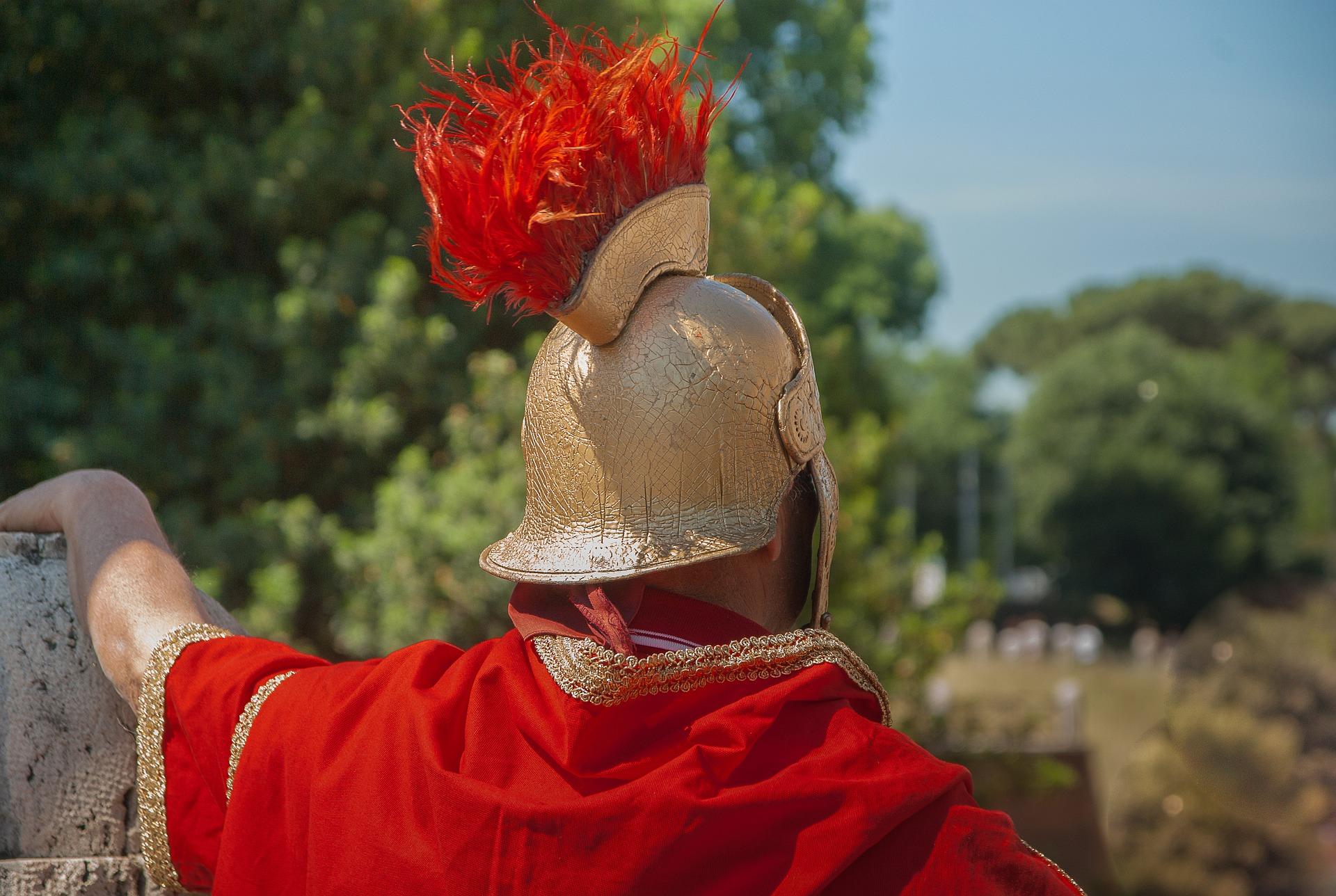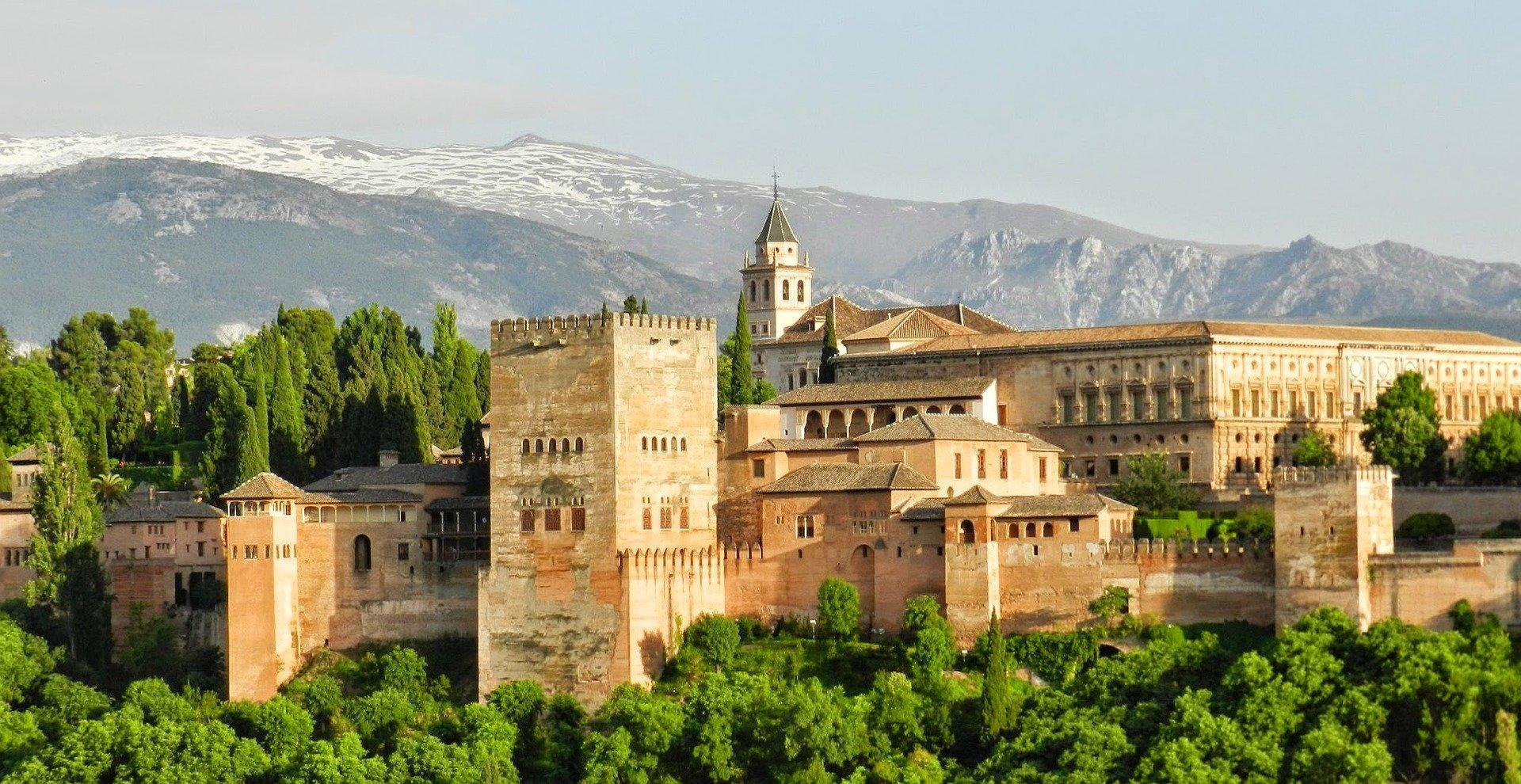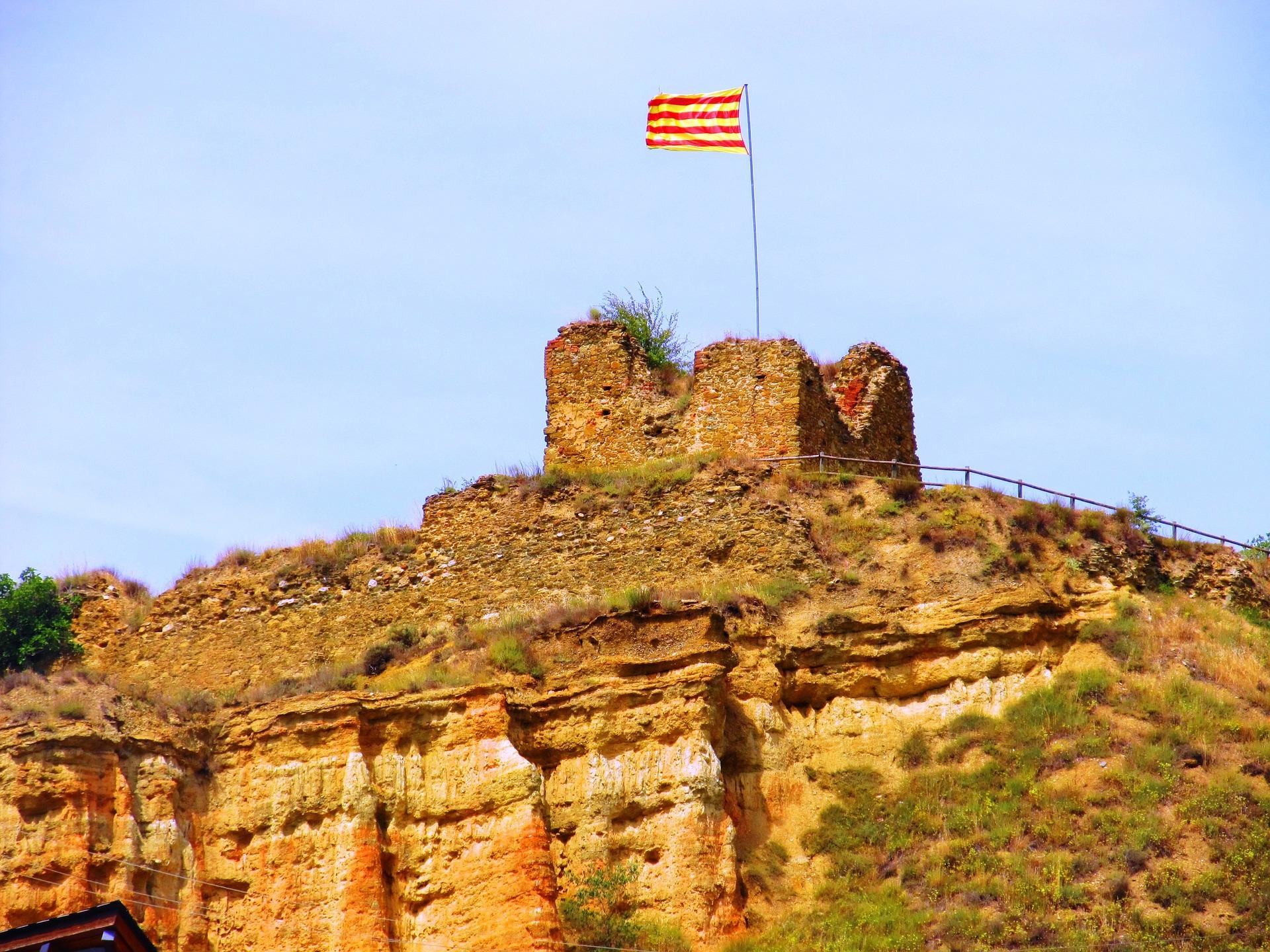A language is not just words. It’s a culture, a tradition, a unification of a community, a whole history that creates what a community is. It’s all embodied in a language. Noam Chomsky
Many people find the need to learn a foreign language, whether it is for purposes of travel, business or as a career necessity. However, rarely, do people make the effort to learn the history of the language that they wish to speak.
If one considers the Catalan speaking countries, you will discover that it is spoken by around 10 million people in Spain, Sardinia and France. Catalan is a much-loved language in the south-east of Spain, where it has 6,3 million speakers.
Catalan is not a Spanish dialect. It is a language in its own right, leaning more towards French than Spanish.
So, where does Catalan come from? Let us take a closer look at Catalan language history.
Want to give private lessons?
Join the Superprof community and share your knowledge with inquiring and motivated students.
The Birth of Catalan
The genesis of Catalan goes all the way back to the Neolithic period (10 000 – 4 500B.C.) when man started to practise agriculture. During this time, the Iberians put down roots in Western Europe. It is believed that they settled close to the Ebro River, which was known as the Iberus at the time. This is thought to be the reason for the people being referred to as being Iberian.
During the 3rd century BCE, the Romans started their conquest of Spain (around 218 BCE) with the second Punic War. The Latin, spoken at the coast then, differed somewhat from that used in the rest of the peninsula. This brand of Latin laid the foundation for the Catalan language which subsequently emerged.
If we dig a bit deeper, Catalan language history discloses influences by various other peoples.
The Influence of the Goths and Franks

After the fall of the Roman Empire in 476CE, Hispania became an easy prey for invasion by Germanic tribes. The Vandals (in 409) were succeeded by the Alans and the Suebi.
In the year 414, the Romans, allied with the Visigoths, overran Barcelona and took it as their new kingdom’s capital. After a few decades, the Visigoths were presiding over the entire Iberian Peninsula, from Gibraltar to the south-west of France.
Interestingly, the name Catalonia stems from the name which the Visigoths gave to this region: Gothonia, the “Land of the Goths”.
They occupied Gaul (now Spain) until 507, when they were defeated in battle by the Franks. They did not, however, impose their language on the region. They, instead, adopted the vernacular spoken in the region, which was a version of Latin, evolved over many centuries.
In the absence of Roman rule, a number of versions of Latin grew. Through inter-marriage, the Visigoths integrated with the local communities, dispensing with their mother tongue behind.
By the late 600s, Latin and Gothic were no longer in daily use and the Romance languages arose. Frankish, Gothic and Vulgar Latin influenced the Spanish and Catalan languages quite heavily.
Would you like to learn Catalan?
The Influence of the Moors on Catalan
Landing at Gibraltar in 711, the Moors stepped into the breach caused by the fall of the Visigoths. In the following years, they conquered several cities and regions: Valencia in 714 and Barcelona in 717. As a result, Arabic became the pre-eminent language in the Iberian Peninsula through to the Middle Ages.

Aragonese, Castilian and Catalan, all Romance languages, were all greatly influenced by Arabic. Catalan was not as heavily impacted on by Arabic because scores of Christian residents fled from the Arab-occupied regions.
Words that were inherited from Arabic and are still in use today include “arròs” (rice), “guitarra” (guitar), “matalàs” (mattress) and “sucre” (sugar).
The Moors were defeated by the Franks at Poitiers in 732, which led to incursions to the south of the Pyrenees. Pepin the Short took back Narbonne and later also Septimania, now called Languedoc-Rousillon.
In 785, Charlemagne liberated Girona from the Arabs, Barcelona in 801 and later, the entire region from Old Catalonia, stretching from the Pyrenees to the Llobregat River. Under Charlemagne, Catalonia formed part of the Carolingian Empire.
Find out about learning Catalan in our helpful guide.
Want to give private lessons?
Join the Superprof community and share your knowledge with inquiring and motivated students.
The Founding of the Catalan Language
European languages started a process of standardisation during the Muslim occupation. This is particularly true of Catalan, the langues d’oc in southern France and the langues d’oil in northern France.
Catalan was part of the langues d’oc, during the Middle Ages, having emerged close to the end of the 7th century, when Occitan and Catalan were the same language.
Around the start of the 9th century, Catalan began to distinguish itself from Occitan, but was only used in the spoken form. After Charlemagne’s death in 823, various Catalan cities was assimilated into France, as part of the Western Francia (Francia Occidentalis) territory. At that time, Catalan was more closely aligned to Occitan than to Castilian.
The Moor Al-Mansur ransacked Barcelona in 985, and Ramon Borell II,the Count of the City, did not receive the assistance he expected from the king of France, Hugh Capet. As a result of this, Borell broke away from the crown in 995, the date that Catalans celebrate as the birth of their nation.

The Catalan kings extended their territories into Provence and Languedoc during the 11th and 12th centuries and, in 1114, they took the Balearic Islands.
So, where does Catalan come from?
Jaume Villlanueva, a historian, avers that the first Catalan sentence is believed to be one in an 8th century manuscript from the comarca (county) capital, Ripoll. Further copies of early written Catalan are located in the Grueges de Guitard Isarn, one of the first known manuscripts almost completely in Catalan, circa 1080-1095 A.D.
As early as the 9th century, a number of feudal documents (especially complaints and oaths) had started to exhibit elements of Catalan, containing proper names and even full sentences in Romance.
Catalan’s Expansion in the 13th Century
Arago-Catalan expanded across the Mediterranean during the 13th and 14th centuries. As a result of various marriages, Catalan counts began to control regions in Toulouse, the Pyreness, Provence and French Cerdagne. The counts also took Lleida, Tarragona and Tortosa in Spain.
After the conquest of the Catalonian regions, the Catalans expanded into Rousillon, Andorra, Valencia, Majorca, the Duchy of Athens, Sicily and Sardinia.
During the Middle Ages, Catalan expanded across the Mediterranean basin to north of the Pyrenees, Aragon, the Valencian Community, Sardinia and the Balearic Islands.
Catalan in Decline
In 1348, the Black Plague led to the decline of Catalonia and caused 25 million deaths across Europe. Between 1348 and 1401, nine epidemics killed almost 70% of the Spanish population. Revolts, plagues and political upheaval weakened the Catalan nation and coupled with the many deaths during the plague, led to their being fewer Catalan speakers.
The Castilian Civil War, between Castile and Aragon, lasted from 1351 to 1368, and weakened Catalonia even further. Also, when France became involved in the conflict, Cerdagne and Rousillon were lost to the French.
Further, the marriage between Isabella of Castile and Ferdinand of Aragon, in 1469, put an end to the Catalan dynasty.
By the end of the Reconquista (Iberian Crusades) in 1492, the dominance of Catalan by Castile was absolute. During the 17th century, Catalan was excluded from Spanish economics and politics. With the discovery of the Americas, the Spanish conquerors further marginalised the language.
The Rebirth of Catalan
When Catalonia was annexed by Napoleon I in 1812, nationalist sentiment was advanced and saw the rise of a Catalan independence movement. The start of the 20th century witnessed the establishment of the Lliga Regionalista (regional league) which had Catalan self-determination as a goal. The desire for independence was further fuelled by desire for the promotion of the Catalan culture and a better quality of life.
The Institut d’Estudis Catalans, in 1907, codified Catalan and published Catalan grammar guides and dictionaries. In 1931, the Second Spanish Republic made allowance for Catalan to be acknowledged as an official language whilst also recognising Catalonia as an autonomous Spanish community. The recognition of the Catalan language led to increased encouragement for Catalan independence, expressly because workers’ demands had not been met by the central government in Madrid.
The Second Spanish Republic was shattered by two major events: the Spanish Civil War of 1936 to 1939 and the coup d’état of 1936. Extreme-right Nationalists, under General Franco, faced off against Republicans, the majority grouping in Catalonia. Catalan autonomy was brought to an end by Franco’s victory and, under his dictatorial rule, was banned from public use, until his death in 1975. During that period, the linguistic and cultural influence by Castilian Spanish reigned unchallenged.
The existence of others languages was only, once again, recognised with the return of democracy in 1978, through several declared powers between the years 1979 and 2006.

Although Spanish is the country’s official language, citizens have the right to use and learn languages which have official status in a region.
Catalan, today, is divided into further variants in the Valencian Community, the Pyrenees-Orientales and the Balearic Islands.
Separatists are still seeking to form a sovereign and legitimate Catalan government, while the Spanish government desires to suppress the desire of citizens to break away from the rest of Spain. With a resolution passed on 27 October 2017, Catalonia unilaterally declared its independence from Spain and founded an independent Catalan Republic. This declaration has not been recognised by the international community.
Why not embark on a study of this interesting language, now that you know a bit of its history and know the Catalan speaking countries.
Want to give private lessons?
Join the Superprof community and share your knowledge with inquiring and motivated students.





